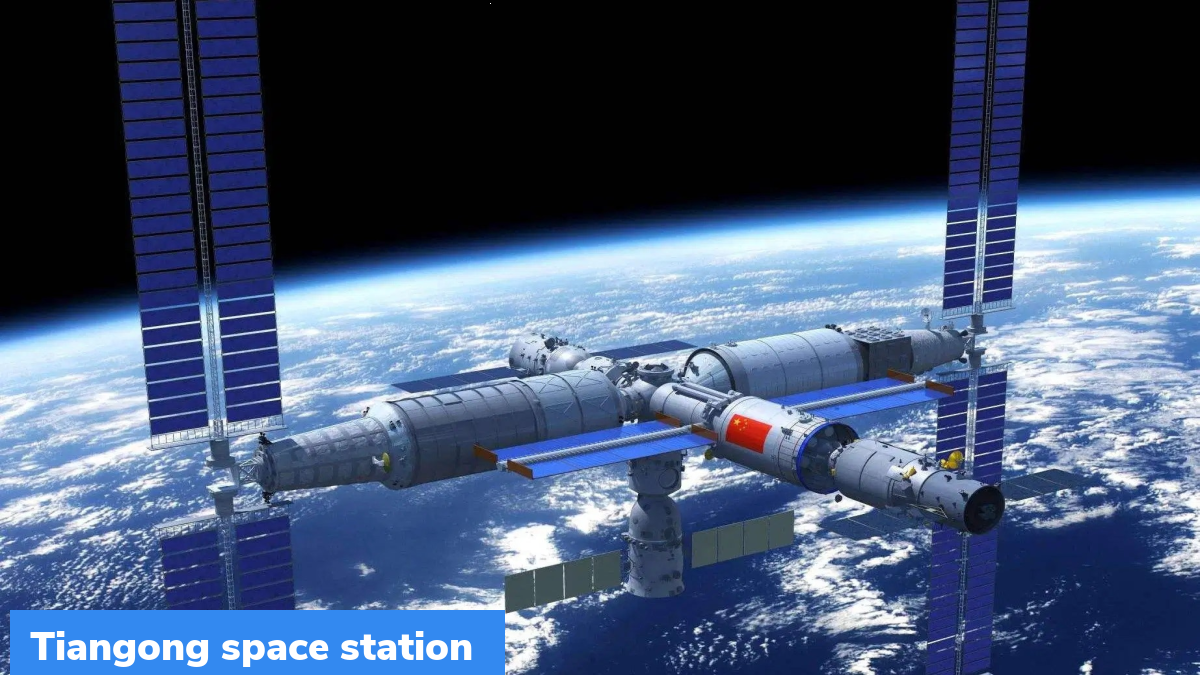Tiangong space station’s final module launched
“Mengtian”, the final module of Tiangong space station, was successfully launched on October 31.
What is “Mengtian” module?
- “Mengtian” module was launched aboard a Long March-5B Y4 carrier rocket from Wenchnag launch centre in China.
- It is the third and final module Tiangong space station
- It is an important component of the Chinese space station, equipped with numerous cutting-edge scientific equipment.
- The module is expected to be operational for 10 years or more.
- The name “Mengtian” means “dreaming of the heavens”.
- It is the second of the two modules that will host science labs required for conducting research.
- This module, once docked on the core module Tianhe, will complete the T-shaped structure of the space station along with the other module Wentian, which was launched in July 2022.
- Mengtian will have workstations supporting experiments related to microgravity scientific studies and frontier scientific projects focusing on fluid physics, combustion and materials science and space technologies.
- It will provide pressurized environment required for conducting scientific experiments in freefall or zero gravity, which could not be undertaken on Earth for more than a few minutes.
- It will also support experiments on exposure to space environment, cosmic rays, vacuum and solar winds.
About Tiangong space station
The Tiangong space station is currently being constructed by China and operated by the China Manned Space Agency (CMSA) in the low Earth Orbit between 340 and 450 km above the surface. The mass of this space station is around one-fifth of the mass of the International Space Station. Its size is almost equivalent to the decommissioned Russian Mir Space Station. It has a core module named Tianhe (Harmony of the Heavens) and two laboratory cabin modules Wentian (Quest for the Heavens) and Mengtian.
China was banned from the International Space Station since the year 2011 after the US refused to let NASA to work with China. Since then, Beijing has been heavily investing in its space programmes to compete with the US and Russia. It had even landed a rover to Mars and sent lunar probes during its early space missions.
Month: Current Affairs - October, 2022
Category: Science & Technology Current Affairs


